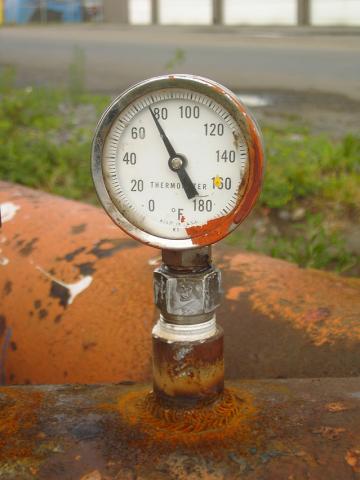
Each solvent has a characteristic “flash point.” This is the minimum temperature at which the solvent can produce sufficient vapors to form a flammable concentration in air at its surface. The flash point is determined by several test methods, giving some small variation in the published values.
The flash points of solvents commonly used in industrial processes vary from below the freezing point of water to significantly elevated temperatures above the boiling point of water. Even non-flammable substances, especially water vapor, can be vaporized in the dryer and have an elevated dew point relative to normal room temperatures.
For monitoring atmospheres for flammability hazards, all parts of the analyzer system, including sample probe, sample tubing, analyzer and detector, must be heated above the flash point of all solvents in the sample, and above the dew point of all other substances in the sample.

Add new comment